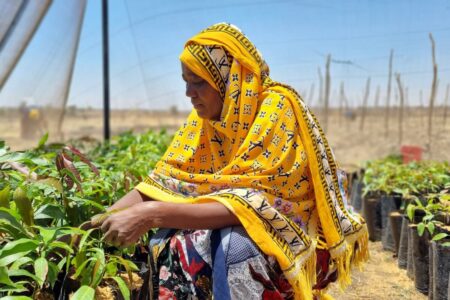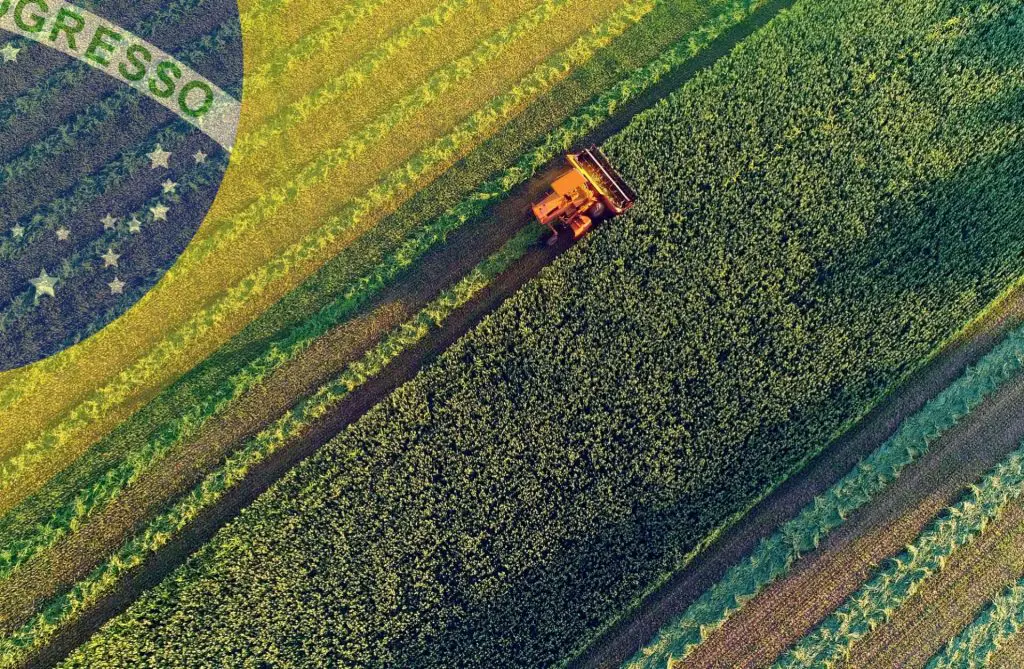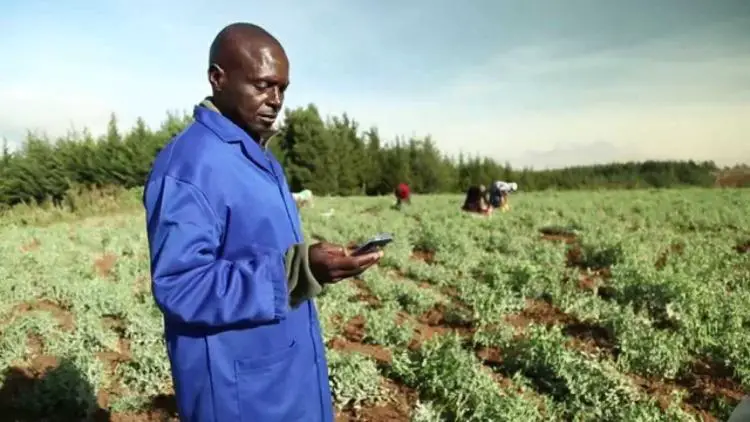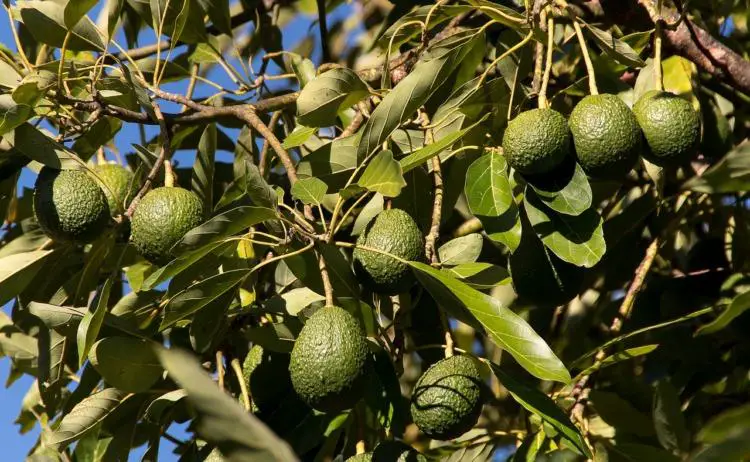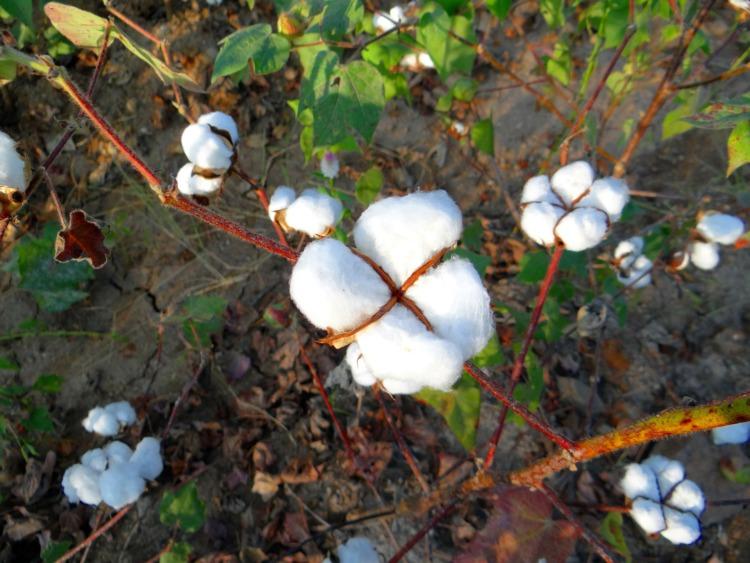- IMF Growth Forecasts: BRICS to Lead the World in the Next 5 Years
- Vantage Capital seals exit from PickAlbatros Hotels after $18.4M pandemic boost
- Madica backs Earthbond in bold pre-seed bet on sustainable solutions
- Venture capital and debt drive growth in Kenya’s agri-tech sector
- Sustainability Week Africa: Pioneering change amidst climate challenges
- Refugee Crisis in Chad as War and Hunger in Sudan Drive Thousands Across Border
- Senegal 2050: A Blueprint for Economic Transformation
- Kenya’s banking sector corporate taxes hit $563.7 million despite industry profit drop
Browsing: farming
- Tanzania’s agriculture sector holds one-third of the country’s GDP and employs 75 per cent of the population.
- The government target is to raise crop exports by 48 per cent to $3.5 billion by 2025 as food shipments rise to overtake the value that Tanzania earns from its traditional export crops.
- Tanzania earned over $1.2 billion with the export of agricultural commodities in 2020.
An outlook into Tanzania’s agriculture sector
Numbers show that farmers are Tanzania’s most essential workforce. Tanzania’s agriculture sector holds one-third of the country’s GDP and employs 75 per cent of the population.
Available data shows that approximately 80 per cent of Tanzania’s exports are agricultural products such as coffee, cotton, sisal, tea, cashew nuts and tobacco, to mention a few.
From 2014 to 2020, the above crops benefitted the nation’s export baskets. Tanzania earned over $1.2 billion with the export of agricultural commodities in 2020, according to …
According to Statista, agriculture contributes at least 4% of the annual value added to the gross domestic product of Brazil. It accounts for at least 9% of the people who are employed and able to work. On the face of it reading numbers 4% and 9% seem like they are nominal until one considers the sheer size of the country of Brazil in terms of land mass. Brazil is one of the largest countries in the world in terms of land area. It sits on no less than 8.5 million square kilometres.
Of this land mass, approximately a third is used for agriculture. For perspective’s sake, Brazil is the fifth largest country in the world after Russia, Canada, China, and the United States. The Brazilian Report states that all the countries that make up the European Union would fit inside Brazil’s borders!
To bring the perspective much closer to home, …
When the government of Uganda launched the first of four regional agricultural mechanization centres in July 2020, questions were raised about their use and viability.
The government unveiled a countrywide plan to promote agricultural mechanization whereby human labour along the entire value chain is replaced by
animal power, fossil energy, or renewable energy.
The centres will host excavators, self-loading trucks, heavy earth-moving equipment, bulldozers, and mobile
mechanization workshop trucks for farmers on a lease or hire basis on top of providing them training and advisory services.
According to the African Union Development Agency, African farmers have ten times fewer mechanized tools per
farm area than farmers in other developing regions, and access has not grown as quickly as in other regions.
“50-85% of farm work continues to be done manually, without the support of animals or machinery. Only 10% of total power for land preparation in sub-Saharan Africa comes from…
Kenya’s National Cereals and Produce Board has signed a Memorandum of Understanding (MOU) with Safaricom’s DigiFarm Kenya Ltd to help small-scale farmers in Kenya access post-harvest management services through the digital platform.
The MoU comes at a time when a new survey has indicated that African farmers are missing out on agritech innovations that could supercharge the sector with opportunities for youth.
The board said it shall offer post-harvest management services to farmers present on the platform, while DigiFarm will connect NCPB to small-scale farmers, who will in turn, access NCPB services at prevailing rates.
DifiFarm bypasses middlemen, giving small-holder farmers direct access to low-cost seeds and fertiliser, credit providers, and bulk purchasers of their produce.
NCPB Managing Director J. Kimote said the MoU is aligned to the agriculture hub model that the board is required to establish under the Reforms.
“The hub shall provide a one-stop shop for farmers …
Rural businesses in Africa will benefit from an ambitious new financing programme launched by the UN’s International Fund for Agricultural Development (IFAD), as part of its broader efforts to address rising hunger and poverty levels in the world’s poorest countries.
In a statement, IFAD says the programme, dubbed ‘The Private Sector Financing Programme (PSFP)’, aims to spearhead an increase in private investment in small and medium-sized enterprises (SMEs), farmers’ organizations and financial intermediaries servicing small-scale farmers, which are too often neglected by investors.
It will provide loans, risk management instruments (such as guarantees), and equity investments.
Commenting on the development, Gilbert F. Houngbo, President of IFAD said there is need to urgently stimulate more private sector investments to rural areas and unlock the immense entrepreneurial potential of millions of rural SMEs and small producers.
“With access to capital, they can attract more investors and partners, grow their businesses and create …
NAIROBI, Kenya, Jun 13 – East Africa Community (EAC) partner states need to exploit the potential of exporting raw cotton to international markets.
This is according to Kenya’s Principal Secretary for EAC Dr. Kevit Desai who says the region already produced 100,000 metric tonnes of cotton.
This is lower than its existing potential, which is about 400,000 tonnes.
The Principal Secretary said that EAC exports to the world market currently stand at 8 percent, adding that to increase the volume of exports, value chains such as textiles need to be promoted to boost exports.
“We need to harness science, technology, and innovation to boost exports by investing in greater capacity to produce leather and textiles, and turn a crop like pyrethrum into aerosols,” said the PS.
He added that increased investment in the leather and textile sectors would cater to the growing demand in the region for locally manufactured high-quality …
This article aims to highlight the challenges and implications of COVID-19 in the agricultural sector using current industry trends and outcomes to forecast the impact of the pandemic on agricultural value chains and consumer behaviour in the short, medium and long term. Most importantly, however, this report proffers actionable innovations and systems that can be adopted and scaled up to negate the effects of the pandemic on food supplies to urban areas and industrial processors in Nigeria.
Short term (1-3months)
- Disruption of supply chains due to inter and intrastate border closures. An example being the pileup of trucks on the Kano-Kaduna road due to shutdowns on what is a key route for national grain distribution.
- The stock of grains does not seem to be hampered but there is a risk it will if the current situation persists for a period longer than 3-4 months. The





